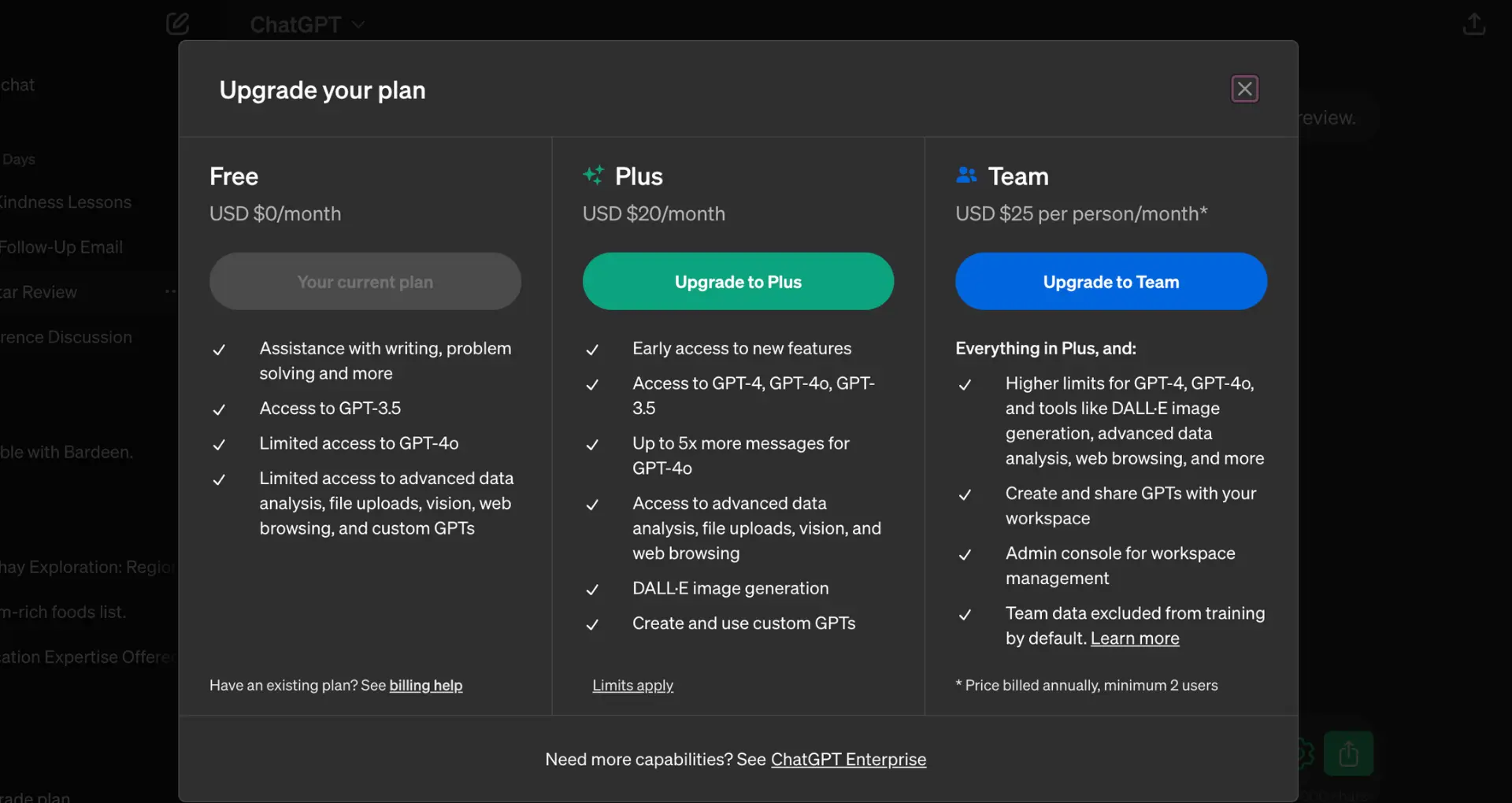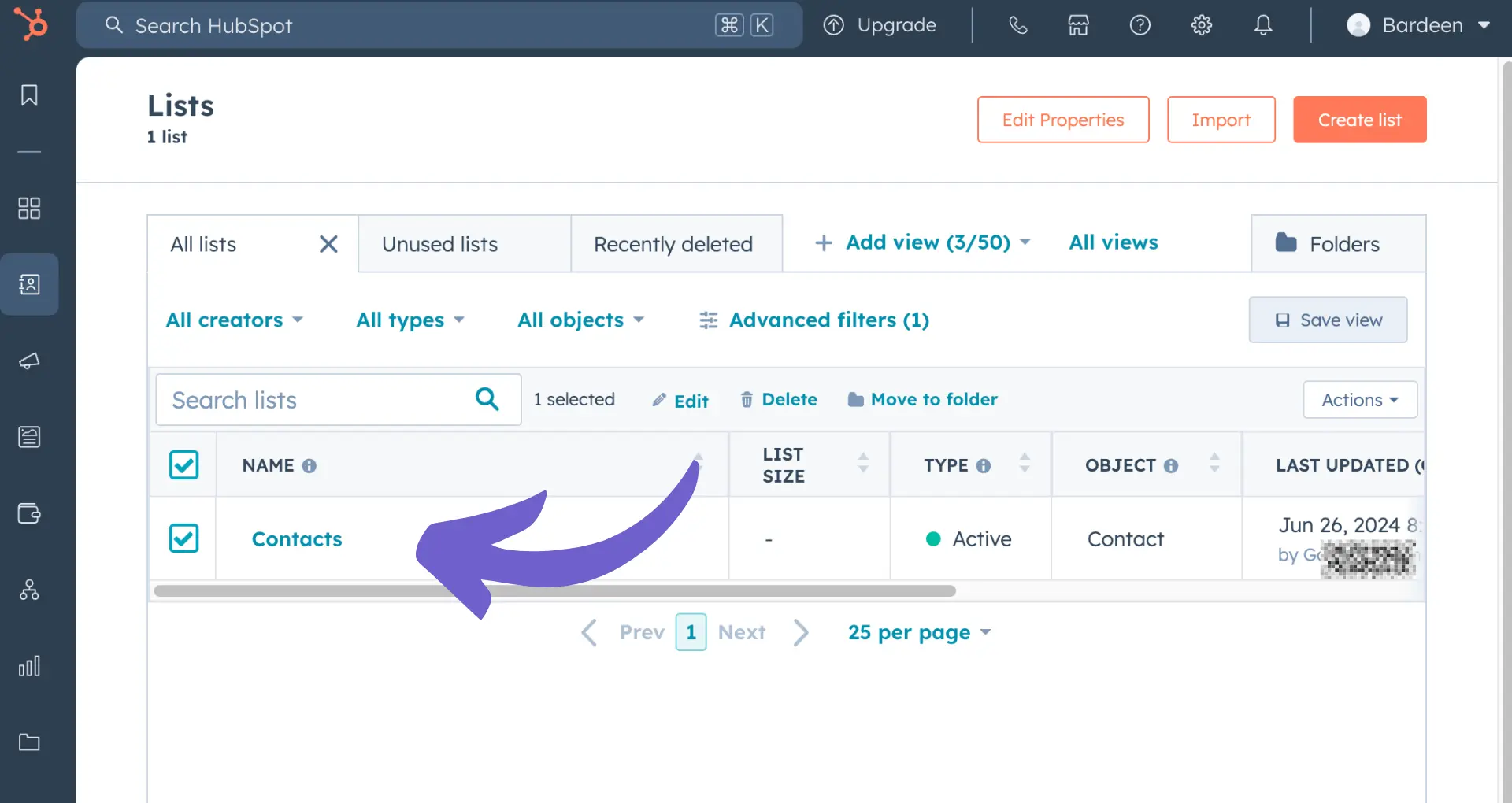Business process automation (BPA) is transforming how companies operate, enabling them to streamline tasks, reduce costs, and improve efficiency. As we look ahead to 2024, BPA continues to evolve, driven by advancements in artificial intelligence (AI), machine learning, and other emerging technologies. In this article, we'll explore the key aspects of BPA and how it's shaping the future of work, focusing on its impact on customer service, compliance, risk management, and employee productivity.
The Role of AI and Machine Learning in Business Process Automation
AI and machine learning are transforming business process automation by enhancing decision-making and predictive analytics. These technologies enable systems to learn from data, adapt to changes, and make intelligent decisions without explicit programming. Here's how AI and ML are revolutionizing BPA:
- Predictive analytics: AI algorithms analyze historical data to identify patterns and predict future outcomes, enabling proactive decision-making and optimization of processes.
- Adaptive automation: ML allows systems to continuously learn and improve, adapting to changes in data and processes without manual intervention.
- Intelligent decision-making: AI can handle complex decision-making tasks, considering multiple variables and constraints to make optimal choices.
Real-world examples showcase the impact of AI in BPA. For instance, a global financial services company implemented an AI-powered invoice processing system, reducing manual effort by 70% and processing time by 50%. Another case study involves a healthcare provider that used ML to automate claims processing, resulting in a 90% reduction in processing time and a 50% decrease in operational costs.
As AI and ML continue to advance, their role in BPA will only grow, enabling organizations to achieve unprecedented levels of efficiency, accuracy, and agility in their operations.
Integration of BPA in Customer Service Operations
Business process automation (BPA) is transforming customer service by streamlining processes, improving response times, and enhancing customer satisfaction. Automated ticketing systems, chatbots, and automated responses are key components of this transformation. Here's how BPA is revolutionizing customer service:
- Automated ticketing systems: These systems automatically route customer inquiries to the appropriate support team based on the nature of the issue, ensuring faster resolution times and reducing manual effort.
- Chatbots: AI-powered chatbots handle common customer queries, provide instant answers, and guide customers through basic troubleshooting steps, freeing up human agents to focus on more complex issues.
- Automated responses: BPA tools can analyze incoming customer emails and send pre-written responses based on the identified issue, reducing response times and improving consistency.
Improve your customer service by integrating AI email organizer tools. Save time on repetitive tasks and focus on high-value interactions.
Natural language processing (NLP) plays a crucial role in enabling these automated solutions to understand and process customer inquiries effectively. NLP algorithms can interpret customer language, sentiment, and intent, allowing chatbots and automated systems to provide more accurate and contextually relevant responses.
By integrating BPA into customer service operations, businesses can significantly reduce costs, improve efficiency, and deliver a more seamless customer experience. Automated solutions handle routine tasks, while human agents focus on high-value interactions that require empathy, critical thinking, and personalized support. For more information on how you can automate sales prospecting and enhance your customer service operations, read our detailed guide.
Enhancing Compliance and Risk Management with BPA
Business process automation (BPA) plays a crucial role in supporting compliance and risk management efforts within organizations. By standardizing processes and maintaining audit trails, BPA helps ensure adherence to regulatory requirements and internal policies. Here's how BPA enhances compliance and risk management:
- Standardized processes: BPA enforces consistent, compliant workflows across the organization, reducing the risk of human error and ensuring that all necessary steps are followed.
- Audit trails: Automated systems log every action, creating a comprehensive audit trail that can be used to demonstrate compliance during audits or investigations.
- Real-time monitoring: BPA tools can continuously monitor processes and systems for potential compliance issues or risk scenarios, alerting relevant personnel when anomalies are detected.
- Automated reporting: BPA streamlines the generation of compliance reports, ensuring that all required information is accurately captured and delivered to regulatory bodies or internal stakeholders on time.
In addition to supporting compliance, BPA enhances risk management by enabling real-time monitoring and reporting of risk scenarios. Automated systems can continuously assess risk levels, trigger alerts when thresholds are breached, and provide decision-makers with the insights they need to mitigate potential threats.
By leveraging BPA for compliance and risk management, organizations can reduce the burden on manual processes, minimize the likelihood of costly errors or oversights, and respond more effectively to evolving regulatory requirements and risk landscapes. Automate lead management to streamline efforts further.
The Impact of BPA on Employee Productivity and Job Satisfaction
Business process automation (BPA) has a significant impact on employee productivity and job satisfaction. By automating mundane, repetitive tasks, BPA frees up employees to focus on more strategic, value-added activities that require human intuition, creativity, and problem-solving skills. This shift in focus can lead to increased job satisfaction and productivity. Here's how:
- Increased efficiency: BPA automate sales prospecting, reducing the time and effort required to complete tasks. This allows employees to accomplish more in less time, boosting overall productivity.
- Enhanced accuracy: Automated systems minimize human error, ensuring that tasks are completed accurately and consistently. This reduces the need for rework and corrections, further improving productivity.
- Greater job satisfaction: When employees are freed from mundane tasks, they can focus on more engaging and rewarding work. This can lead to increased job satisfaction, as employees feel that their skills and talents are being utilized effectively.
- Improved work-life balance: By automating time-consuming tasks, BPA can help employees better manage their workload and reduce the need for overtime. This can contribute to a healthier work-life balance, which is essential for maintaining job satisfaction and preventing burnout.
Numerous studies support the positive impact of BPA on employee productivity and job satisfaction. For example, a survey by Smartsheet found that 69% of employees believe that automation would reduce wasted time, while 59% believe it would improve their job performance. Another study by Forrester Research found that companies that have implemented BPA have seen a 12% increase in employee satisfaction and a 19% increase in employee retention.
Save time on daily tasks by using connect Microsoft Excel. This lets you automate sequences of actions with Excel, speeding up your spreadsheet workflows. It's a great way to boost productivity.
As organizations continue to adopt BPA, it's essential to connect Microsoft Excel and prioritize employee training and support to ensure a smooth transition. By providing employees with the skills and resources they need to work effectively alongside automated systems, companies can maximize the benefits of BPA while maintaining a engaged and productive workforce.
Future Trends and Predictions in Business Process Automation for 2024
As we look ahead to 2024, several emerging technologies and trends are expected to shape the future of business process automation (BPA). Here are some key developments to watch:
- Advanced Analytics: The integration of advanced analytics and data-driven insights will revolutionize BPA. By leveraging AI and machine learning algorithms, businesses can analyze vast amounts of data to identify patterns, predict outcomes, and make informed decisions. This will enable organizations to optimize their processes, anticipate customer needs, and drive continuous improvement.
- Blockchain for Process Security: Blockchain technology will play a crucial role in enhancing the security and integrity of automated processes. By leveraging the immutability and transparency of blockchain, businesses can ensure that their processes are tamper-proof, auditable, and compliant with regulations. This will be particularly important in industries such as finance, healthcare, and supply chain management, where data security and trust are paramount.
- Increasing Adoption of IoT: The Internet of Things (IoT) will continue to expand its influence on BPA. As more devices and sensors become connected, businesses will have access to real-time data from various touchpoints. This data can be used to trigger automated processes, monitor performance, and make intelligent decisions. For example, IoT-enabled sensors in a manufacturing plant can automatically detect equipment failures and initiate maintenance processes, reducing downtime and improving efficiency.
- Low-Code and No-Code Platforms: The rise of low-code and no-code platforms will democratize BPA, making it accessible to a wider range of users. These platforms allow business users with little to no coding experience to create and automate processes using visual drag-and-drop interfaces. This will accelerate the adoption of BPA, as organizations can quickly develop and deploy automated solutions without relying heavily on IT resources.
- Hyperautomation: Hyperautomation, which involves the combination of multiple automation technologies such as RPA, AI, and process mining, will gain momentum. By leveraging a holistic approach to automation, businesses can automate end-to-end processes, from simple tasks to complex decision-making. Hyperautomation will enable organizations to achieve greater efficiency, agility, and scalability across their operations.
However, as businesses adopt more sophisticated automation technologies, they may face challenges such as:
- Ensuring data privacy and security
- Managing the complexity of integrating multiple automation tools
- Addressing the skills gap and training employees to work alongside automated systems
- Overcoming resistance to change and fostering a culture of continuous improvement
To successfully navigate these challenges, organizations must develop a clear automation strategy, invest in employee training and change management, and establish governance frameworks to ensure the responsible and ethical use of automation technologies. Tools like AI sales automation can help in this transition.
As we move towards 2024, the future of BPA looks promising. By embracing emerging technologies and trends, businesses can unlock new levels of efficiency, agility, and innovation. However, it is crucial to approach automation with a strategic mindset, considering both the opportunities and challenges it presents. With the right approach, BPA has the potential to transform the way businesses operate and deliver value to their customers.






